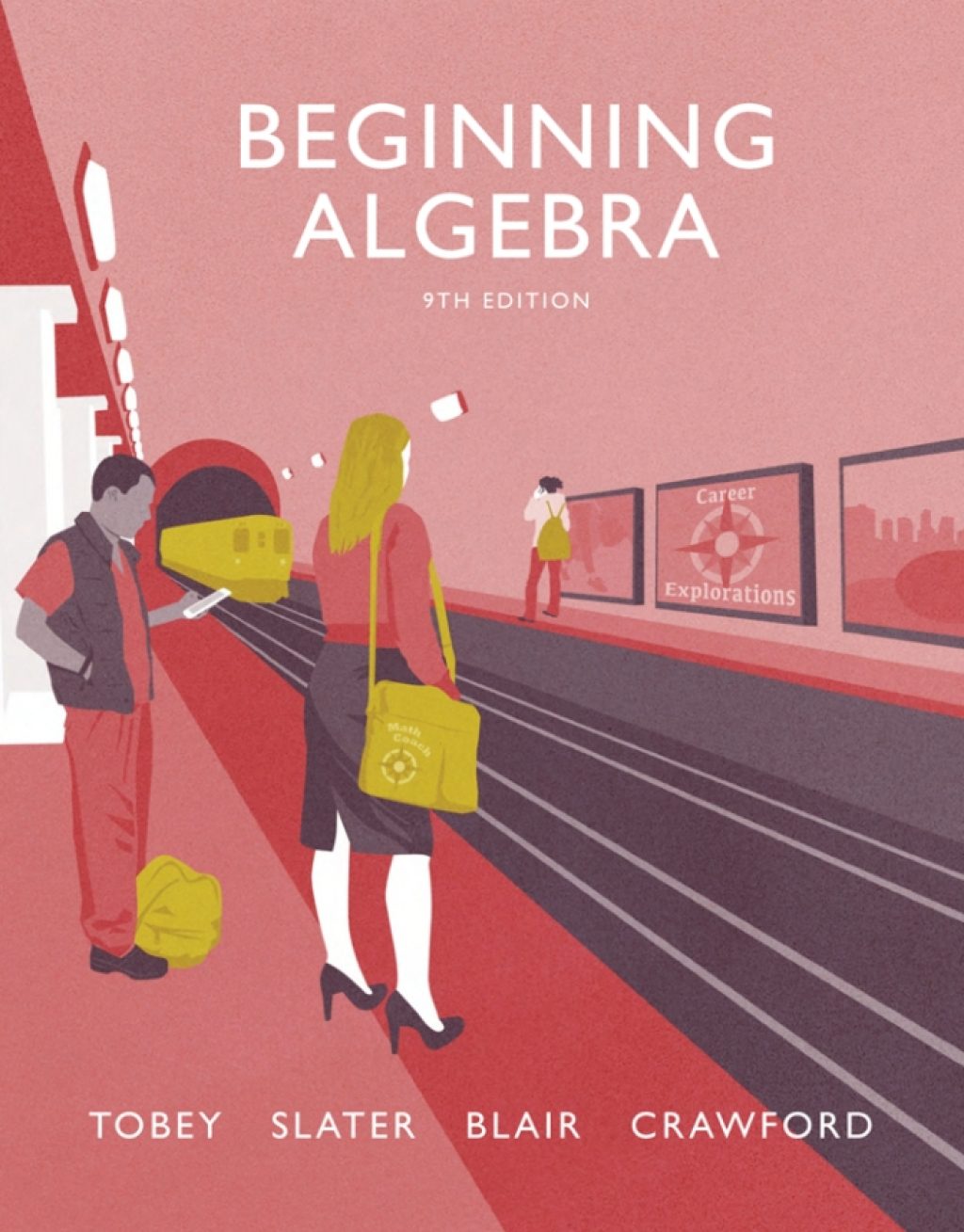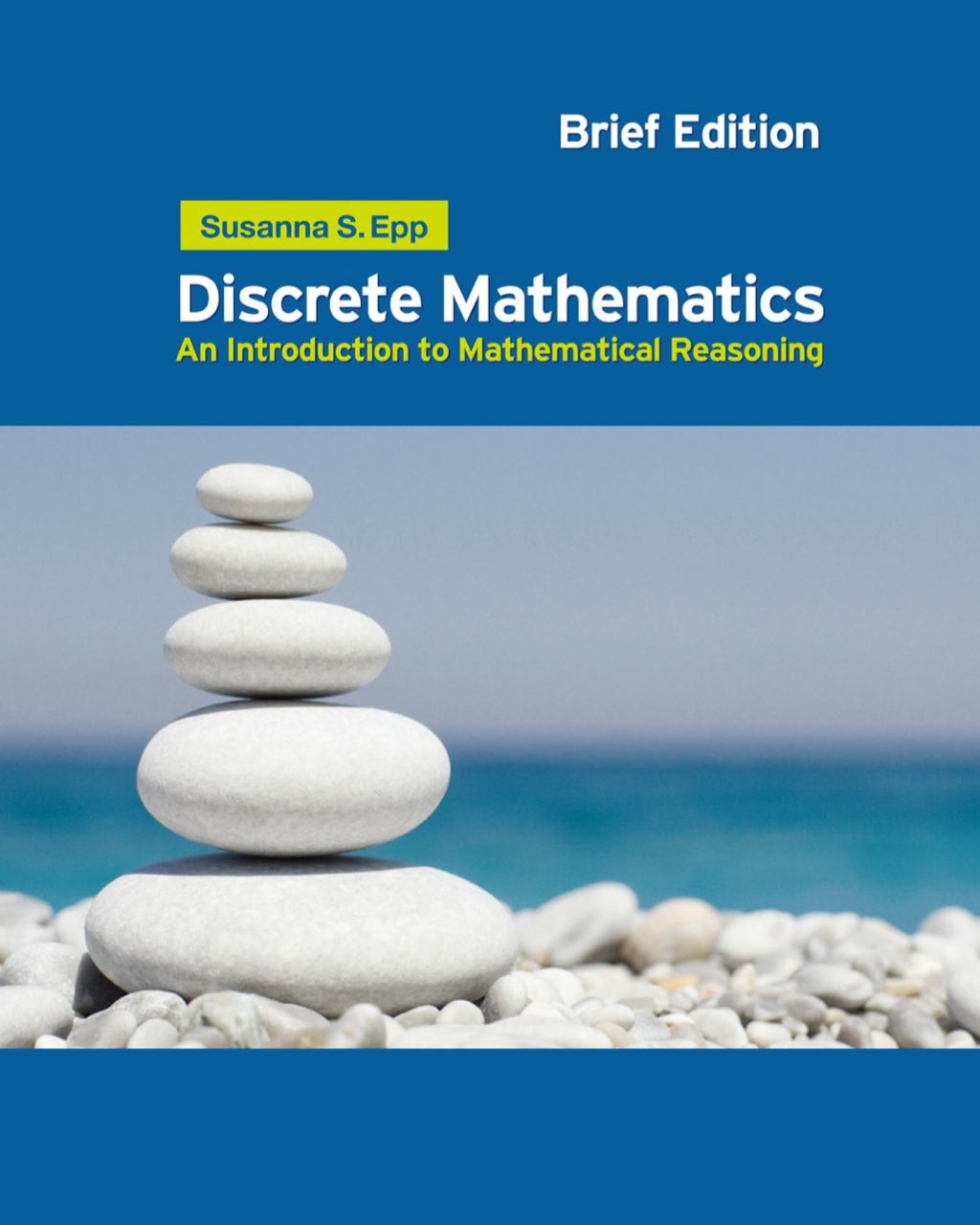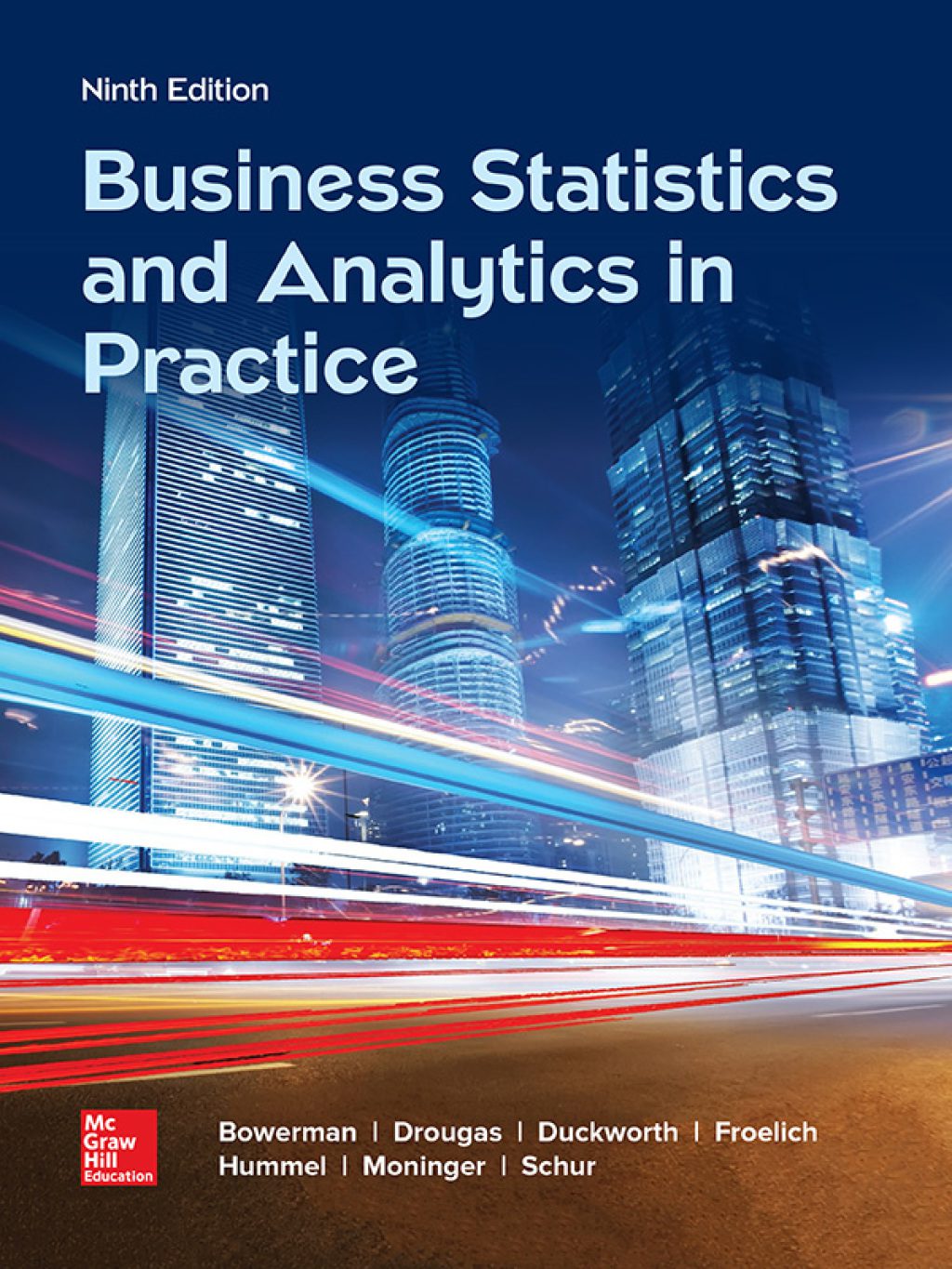Teun Koetsier, Luc Bergmans9780444503282, 0444503285
Table of contents :
Preface……Page 8
List of Contributors……Page 10
Contents……Page 12
Introduction……Page 16
The divine and mathematics……Page 18
Three periods: The pre-Greek period, the Pythagorean-Platonic period and the period of the Scientific Revolution and its aftermath……Page 19
The pre-Greek period and the ritual origin of mathematics……Page 21
The Pythagorean-Platonic period……Page 28
The Scientific Revolution and its aftermath……Page 43
References……Page 57
Chinese Number Mysticism……Page 60
The Hetu Diagram and the Luoshu Chart……Page 62
The system of the Yijing (Book of Changes)……Page 65
Daoist liturgy……Page 67
Mysticism in the Chinese magic square……Page 69
Popular beliefs in number mysticism and conclusions……Page 72
References……Page 74
Derivation and Revelation: The Legitimacy of Mathematical Models in Indian Cosmology……Page 76
Indian science, Indian religion: “Orientalist” and “post-Orientalist” views……Page 78
The siddhantas……Page 80
Contradiction and concession……Page 81
The quest for non-contradiction……Page 85
The status of siddhantas in the nineteenth century……Page 86
Mathematical models in siddhantas……Page 87
Conclusion……Page 88
Bibliographical notes……Page 89
References……Page 90
The Pythagoreans……Page 92
Introduction……Page 94
Pythagoreanism in Plato and Aristotle……Page 95
Pythagoreanism: some evidence from the Pythagoreans……Page 100
Mathematics and the divine in the Pythagoreans: a suggestion……Page 106
Notice for further reading……Page 111
References……Page 112
Mathematics and the Divine in Plato……Page 114
Preliminary remarks……Page 116
Introduction……Page 118
The Timaeus……Page 119
The Republic……Page 127
Conclusion……Page 131
Appendix A. The division of the stuff of the world soul (Timaeus 35b-36b)……Page 132
References……Page 135
Nicomachus of Gerasa and the Arithmetic Scale of the Divine……Page 138
Theologoumena Arithmetica……Page 140
References……Page 146
Geometry and the Divine in Proclus……Page 148
Philosophy as divinisation……Page 150
Mathematics in the divinisation of human nature……Page 151
The nature of mathematical science……Page 152
The metaphysics of geometry……Page 154
St. Sophia: a geometry of the divine?……Page 156
Bibliographical note……Page 160
Religious Architecture and Mathematics During the Late Antiquity……Page 162
Religious architecture and heavenly measurements……Page 164
Religious architecture and geometrical measurements……Page 167
The building in its Earth-Heaven dialectic, or the circle above the square……Page 170
References……Page 174
The Sacred Geography of Islam……Page 176
The dichotomy of science in Islamic civilisation……Page 178
The sacred geography of the legal scholars……Page 180
The sacred geography of the scientists……Page 181
The orientation of mosques and Islamic cities……Page 190
Concluding remarks……Page 192
References……Page 193
“Number Mystique” in Early Medieval Computus Texts……Page 194
Introduction……Page 196
The shape and scope of computus……Page 198
Computus as ratio numerorum: the Irish computus of ca. 658……Page 201
Computus as ratio temporum: Bede’s revision of computistical “number mystique”……Page 206
Byrhtferth’s choices……Page 210
Is the Universe of the Divine Dividable?……Page 216
The sefirotic concept of Divinity developed in response to philosophy and rational theology……Page 218
Eyn-sof, the perfectly unknowable origin of the sefirot……Page 219
Thought and Will in zoharic and pre-zoharic literature……Page 220
The relations between Eyn-sof and the sefirot; the One and the multiple; otherness and immanence……Page 221
The origin of the term sefirot. A presentation of the nomenclature……Page 223
Lights and colours……Page 224
References……Page 226
Mathematics and the Divine: Ramon Lull……Page 228
The arbor elementalis……Page 230
Lull’s dynamic understanding of reality……Page 231
The disciplines as productive arts……Page 235
Geometry as an “art”……Page 239
Conclusion……Page 242
References……Page 243
Odd Numbers and their Theological Potential. Exploring and Redescribing the Arithmetical Poetics of the Paintings on the Ceiling of St. Martin’s Church in Zillis……Page 244
Introduction: displaying the method……Page 246
An anatomical description of the ceiling……Page 249
A theological imagination of odd numbers……Page 251
A zoomorphic and soteriological arithmetic……Page 256
The cross as cosmic sign and structure……Page 260
The celestial cross and its function as odd-number Eon……Page 262
Swester Katrei and Gregory of Rimini: Angels, God, and Mathematics in the Fourteenth Century……Page 264
How many angels can dance on the point of a needle?……Page 266
The place of angels: Gregory of Rimini……Page 271
God and the continuum: Gregory of Rimini……Page 275
Bibliography Swester Katrei and Gregory of Rimini……Page 284
Mathematics and the Divine in Nicholas of Cusa……Page 288
The place of mathematics in human knowledge and its symbolic value……Page 290
The problem of squaring the circle……Page 301
References……Page 304
Michael Stifel and his Numerology……Page 306
The end of the world and the Antichrist……Page 308
The autumn of the Middle Ages……Page 311
Stifel’s numerology in 1532……Page 312
Stifel’s mathematics……Page 318
Concluding remarks……Page 322
References……Page 324
Between Rosicrucians and Cabbala-Johannes Faulhaber’s Mathematics of Biblical Numbers……Page 326
Pyramidal numbers and the Bible……Page 328
Gog and Magog……Page 332
Word calculus and signs……Page 334
The Rosicrucian movement……Page 336
The comet of 1618……Page 338
Pyrgoidal numbers……Page 343
Mathematics and the Divine: Athanasius Kircher……Page 346
God and the rational foundation of music……Page 348
The rules of the divine, combinatorial art……Page 350
The world as God’s organ……Page 353
Universal science as an imitation of God’s art……Page 354
Mystical arithmetic……Page 356
Mathematical theology……Page 358
References……Page 361
Galileo, God and Mathematics……Page 362
The mathematical sciences in early modern Europe……Page 364
Galileo, God and mathematics……Page 365
God and mathematics around Galileo……Page 371
Concluding remarks……Page 372
Selected bibliography……Page 374
The Mathematical Model of Creation According to Kepler……Page 376
Harmony and mathesis: the originality of Kepler……Page 379
Mathematical ideas in God and creation……Page 382
The limits of univocity……Page 385
Colour Figures……Page 390
The Mathematical Analogy in the Proof of God’s Existence by Descartes……Page 400
Introduction: Descartes’ plan……Page 402
Mathematical truth as an example……Page 403
The ontological proof of God’s existence……Page 407
Arnauld’s criticism: Descartes proof is circular……Page 412
Truth and existence……Page 414
Conclusion: Descartes’ God and Pascal’s God……Page 417
References……Page 418
Pascal’s Views on Mathematics and the Divine……Page 420
Introduction……Page 422
Characteristics of God……Page 423
God’s Salvation-Plan……Page 427
Heart and reason……Page 428
The Wager argument (418)……Page 429
Mathematical aspects of presentation……Page 431
Conclusion……Page 433
References……Page 435
Spinoza and the Geometrical Way of Proof……Page 438
Spinoza’s time……Page 440
Descent and youth……Page 441
Influences……Page 442
Interpretation……Page 444
The mathematical way of reasoning……Page 446
Social philosophy……Page 450
Living nature……Page 452
Summum bonum……Page 453
References……Page 454
John Wallis (1616-1703): Mathematician and Divine……Page 456
The controversy with Thomas Hobbes……Page 459
Wallis’ defence of the Trinity……Page 465
Mathematics and calendar reform……Page 468
An Ocean of Truth……Page 474
In search of ultimate truth……Page 476
Natural philosophy and mathematical principles……Page 477
Anticartesianism: passive matter and active principles……Page 481
Prisca theologia and prisca sapientia……Page 485
Prophecy and comets……Page 488
Prisca geometria and fluxions……Page 492
References……Page 496
God and Mathematics in Leibniz’s Thought……Page 500
Introduction……Page 502
The best of all possible worlds……Page 504
The binary system and creation……Page 506
A staircase leading to God……Page 508
The existence of God……Page 511
Concluding remark……Page 512
References……Page 513
Berkeley’s Defence of the Infinite GodGod in Contrast to the InfiniteInfinite in Mathematics……Page 514
Berkeley’s intent……Page 516
God and infinity……Page 518
Mathematical exactitude……Page 520
The astounding results of modern mathematics……Page 521
Bibliography……Page 523
Leonhard Euler……Page 524
Life……Page 526
Euler on religion……Page 530
Physico-theological arguments in Euler……Page 534
References……Page 535
Georg Cantor……Page 538
The mathematician Cantor……Page 540
Short vita of Cantor……Page 542
Mathematics and metaphysics……Page 543
Mathematics and religion……Page 548
Paradoxes and truth……Page 555
Religious denomination……Page 558
References……Page 562
Gerrit Mannoury and his Fellow Significians on Mathematics and Mysticism……Page 564
The search for unifying explanations……Page 566
Convictions and ideologies……Page 567
Does 2+2 = 4 and is there a God to an all-levelling relativist?……Page 569
Frederik van Eeden on the foundational status of uncertainty……Page 571
Gerrit Mannoury on the foundational status of uncertainty……Page 576
Beyond psychological foundations of mathematics: the unobjectifiable subject and the idea of the unreligious separation of subject and object……Page 577
Uncertainty and docta ignorantia. The role of negation in significs, intuitionism and theology……Page 579
Johan J. de Iongh. Shared longing as the religious meaning of mathematical dialogue……Page 580
References……Page 582
Arthur Schopenhauer and L.E.J. Brouwer: A Comparison……Page 584
Introduction……Page 586
From Kant to Schopenhauer……Page 587
Brouwer, the prophet……Page 589
Life, art and mysticism……Page 591
Schopenhauer and Brouwer: A comparison……Page 598
The turn to mathematics……Page 602
Brouwer compared to Gödel……Page 604
Acknowledgement……Page 607
References……Page 608
On the Road to a Unified World View: Priest Pavel Florensky-Theologian, Philosopher and Scientist……Page 610
Early years……Page 612
Moscow University……Page 613
Theological Academy……Page 615
The pillar and ground of the truth……Page 616
Concrete metaphysics……Page 618
Church and revolution……Page 620
Religious and scientific work……Page 621
Enemy of the people……Page 623
Conclusion……Page 625
References……Page 626
Husserl and Impossible Numbers: A Sceptical Experience……Page 628
Beyond Hume……Page 630
Prelogical use of signs……Page 631
Husserl’s philosophical quest……Page 632
Impossible concepts……Page 633
Structural mathematics and categorial connections……Page 635
De facto truth and the need of a science of science……Page 637
References……Page 638
Symbol and Space According to René Guénon……Page 640
Life and work of René Guénon (Blois 1886 – Cairo 1951)……Page 642
The symbolism of space……Page 644
References……Page 655
Eddington, Science and the Unseen World……Page 656
Astronomer and physicist……Page 658
The problem……Page 660
The four-dimensional world……Page 662
Eddington’s idealism……Page 663
Mind stuff……Page 664
Concluding remarks……Page 666
References……Page 667
The Divined Proportion……Page 670
No logo……Page 672
Elemental truths……Page 674
Potentia mirabilis……Page 676
Stupendous effects……Page 678
The blueprint of the universe……Page 681
Unity in variety……Page 684
Author Index……Page 688
Subject Index……Page 698







Reviews
There are no reviews yet.